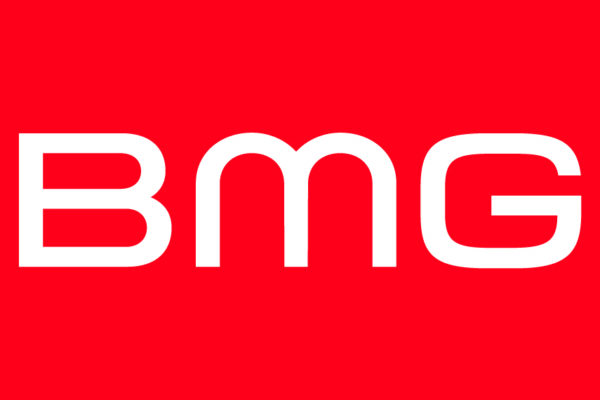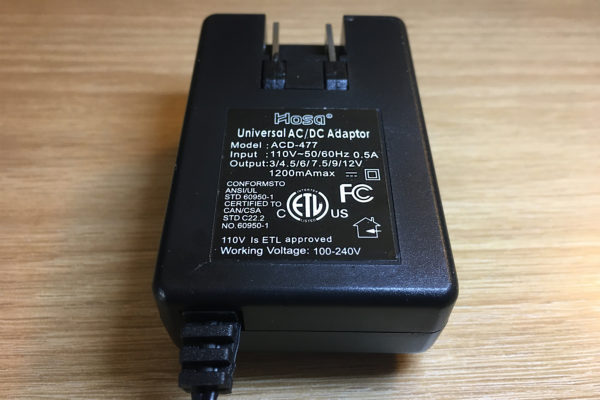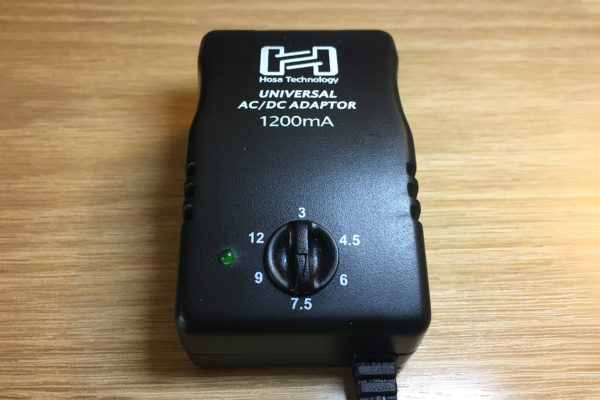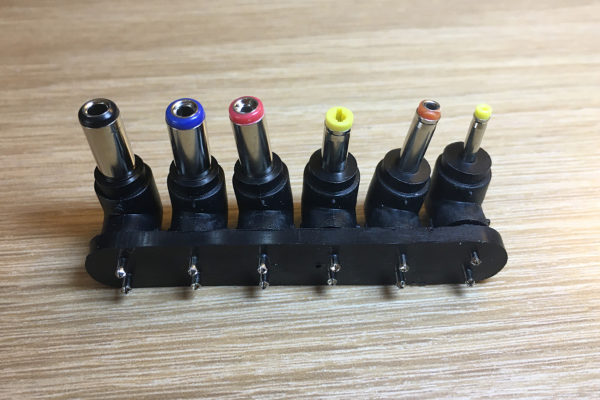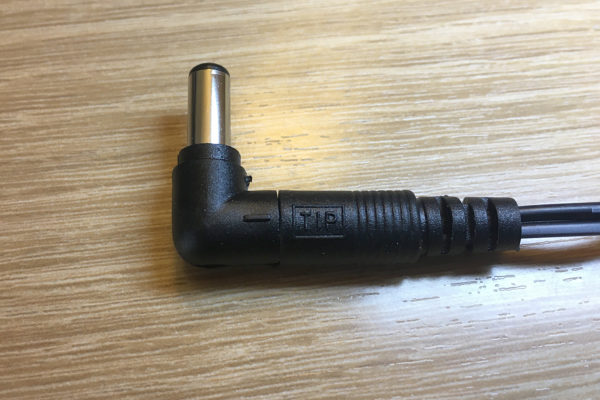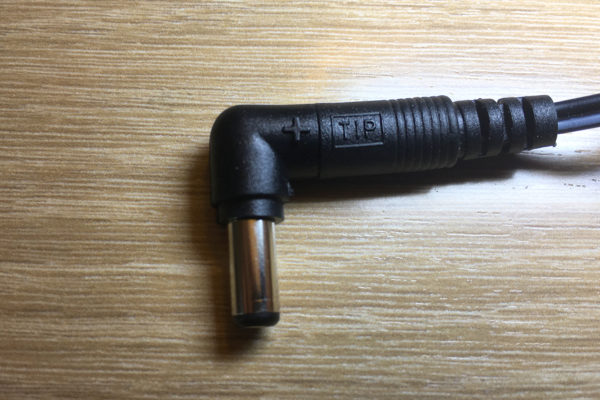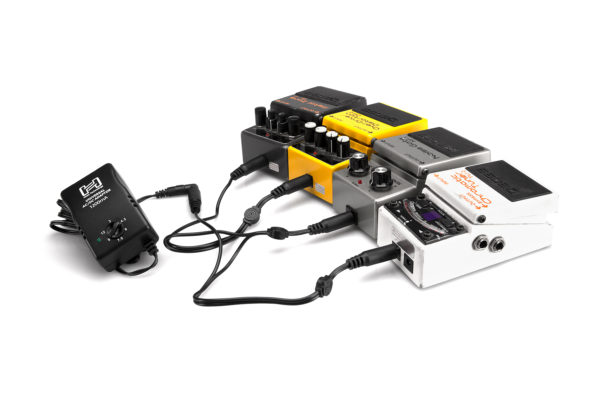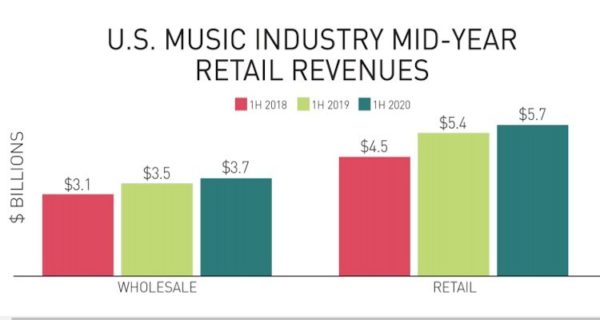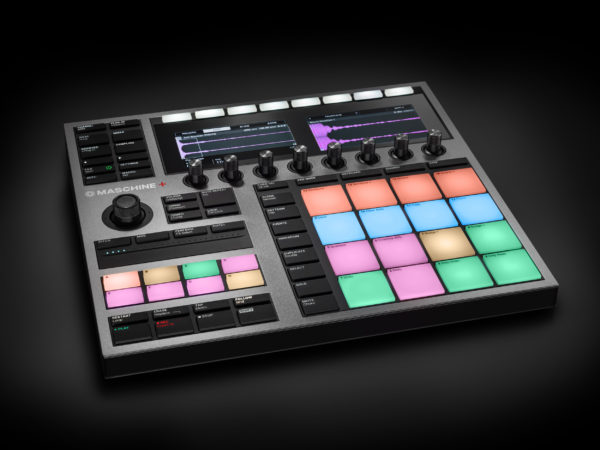Those familiar with Hosa will no doubt have seen the number of modular synthesizer products we manufacture. When we set out to make a “beginner’s guide”, we thought this would be the perfect opportunity to get some of our modular friends involved. This week’s blog is by Kris Kaiser from Noise Engineering. Kris shares a basic rundown on modular synths and demystifies a few things along the way.

What is this weird spaghetti monster?
At Noise Engineering, I get a lot of questions from musicians who are interested in modular synthesis. Many seem entirely intimidated by it, or just don’t even know where to start. Introductory modular tutorials abound, but few I’ve found are written to really help musicians capitalize on the knowledge they already have. Today we’re going to dive into modular synthesis using concepts and techniques that you, the musician, already know. We won’t focus on specific modules, but rather concepts. For more information and details, pop on over to the Noise Engineering blog.
I’m a synth player. That doesn’t look like a synth.
I’ve had more than one person approach me at NAMM with the challenge to “teach” them how to play a modular synth. The reality is that a modular synthesizer is still a normal synthesizer, it’s just presented differently and with a lot more flexibility. Like any instrument, it takes time to master. Most people don’t pick up any instrument and master it in 20 minutes; a modular synth is no different.
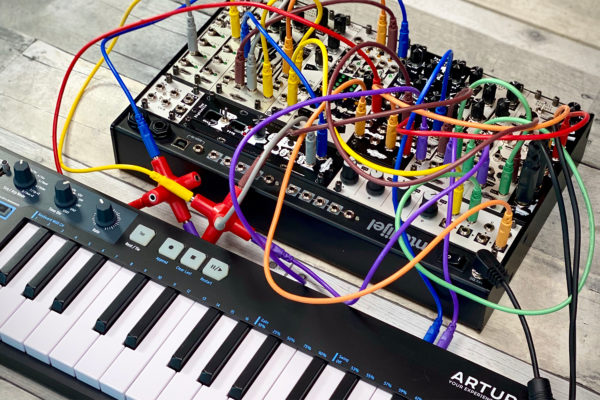
So, how do modular synths differ from prebuilt synths, exactly? And more importantly, how are they the same?
Think about the standard Korg, Yamaha, or whatever fixed-architecture synth you last bought (or drooled over). In a traditional synth, it comes with a lot of things built in. Everything is prewired and preprogrammed “under the hood.” You press buttons and turn knobs, select the premade sounds, and tweak the parameters that have been built in for you. These can run the gamut of really basic and easy to use to incredibly flexible, but you don’t really get to change the basic architecture of the product.
As the name implies, a modular synth is modular. Instead of an off-the-shelf solution, you pick and choose the components that will allow you to create the sound you desire. Each module does one (or a few) things, so you’re choosing it specifically for that function. This means that if you don’t like the filter you’re using, you can just use a different one, either by putting a different one in the system or pulling the patch cable out of one and putting it into another. Traditional synths aren’t built for that, making it much harder to do in that landscape. In a modular system, you get to build it, not the engineers at SYNTHCORP. You choose your parts and then you make the connections using patch cables (check out Hosa’s Synth Playground for all your cable needs). Just like with a fixed-architecture synth, you make patches, but here they are physical, tangible things.
And the choices! The choices are part of the joy, but also can be overwhelming. There are hundreds of manufacturers, each making anywhere from one to a complete line of modules. In general, they all work perfectly fine together. This means that you can choose a suite of modules from a single manufacturer, build a system with modules from all different manufacturers, or anything in between. The world is your oyster with modular synths.
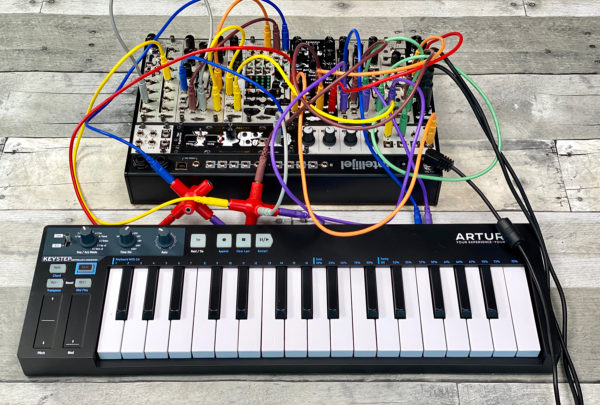
Key differences between a traditional (keyed) synthesizer and a modular synth
- Both types of synths have a primary sound source (an oscillator)
When you want to make a sound with a keyed synth, you hit the key. When you lift your finger, it (generally) stops making sound. The oscillator in a modular synthesizer, on the other hand, just…oscillates. This means that rather than “telling” the instrument to make sound, you have to “tell” it to not make sound, typically by patching it to other modules.
- While most traditional synths have a keyboard, modular synths do not
Sure, you can find a keyboard module or interface with an external keyboard, they are not part of a standard setup. So you control modular synths differently, not just starting and stopping and shaping the sound but also pitch sequencing. Rather than the key you press determining the sequence of pitches, modular synth composition is generally more sequencer or DAW oriented. That’s great news for those of you who never mastered those piano lessons, less good for the piano proteges out there.
- Since a traditional synth comes prebuilt, its functionality is constrained by what’s inside
With modular, you build the connections every time you use it, which means you essentially have a brand new synth each time you patch. You can change patches or even modules at will. Tired of the sound of one oscillator? Replace it with another! Don’t like that reverb? Drop a different one in. The possibilities are infinite.
- A traditional synth is ready to make sound when you buy it
Power it up, plug it in to your monitors, bang on the keys, and you’re making sound. Modular synths require you to do a bit more work: signals flow between components through patch cables, and you decide where it goes, so you have to set up a signal path. Before the fear comes back out, know three things.
- You won’t break it by patching modules together
I’ve had literally hundreds if not thousands of people plug patch cables into our cases at this point, and we have never had someone break something. The worst thing that can happen is that you get no sound or you get a sound you don’t like, and you try something else.
- Patching isn’t that different from routing modulation to parameters on a traditional synthesizer
The LFO envelope amount knobs on a subtractive synth? That knob lets you make a connection between the envelope and the filter, which you’d just do with a cable in modular. Many synth plugins also let you route modulation sources to a plethora of destinations: that’s almost exactly like patching a modular synth.
- Repeat after me: You won’t break it by patching modules together.
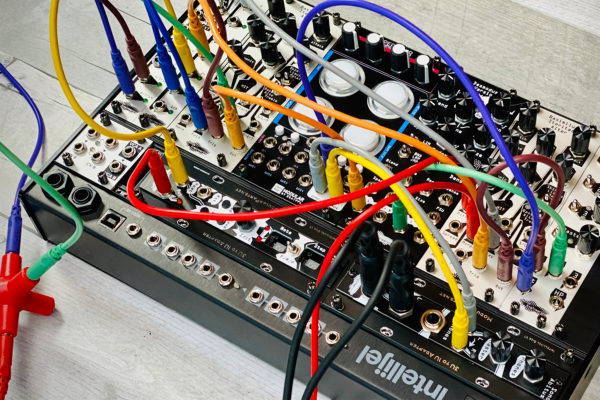
Modular synths have a reputation for being finicky
It’s kind of a well-deserved reputation. To be fair, vintage analog AND analog modular oscillators drift over time and need to be re-tuned regularly; both are also dependent on the temperature. Digital oscillators alleviate the drift and temperature issues in both fixed-architecture and modular synths, and some digital oscillators have the benefit of “remembering” their pitch after power cycle. But the real issue with modular is that it can be painfully difficult to replicate sounds. There are solutions, but many are more advanced. For a lot of touring musicians, performing with modular can take a lot of prep work.
If you’re already a synth person, modular isn’t that different. There are tradeoffs, and while some people we know use modular as a tool in every piece they compose, others use it for very specific applications, while others love noodling around on it and finding happy accidents. You will never be disappointed at the diversity of timbres you can get out of a modular synthesizer, even with a comparatively small setup. Most manufacturers are small and friendly and happy to help answer questions.
Ready to get started? Check out Noise Engineering’s blog for some ideas on small systems to get you started, and lots of other useful guides to getting started in modular synthesis.
Synth Accessories
There are a lot of moving parts to a modular setup, and with a ton of accessory options to keep you patching and help keep things organized. Hosa offers traditional patch cables, Hopscotch piggy-back patch cables, Knucklebones passive mults, and Monkeybars, an extremely versatile cable holder that can be set up three different ways depending on your needs and space requirements. It’s not usually on top-of-mind, but don’t overlook the importance of cable ties to keep your OCD at bay. For more information on Hosa’s modular synth accessories and where to buy, visit their Synth Playground landing page.
- Kris Kaiser, Noise Engineering


